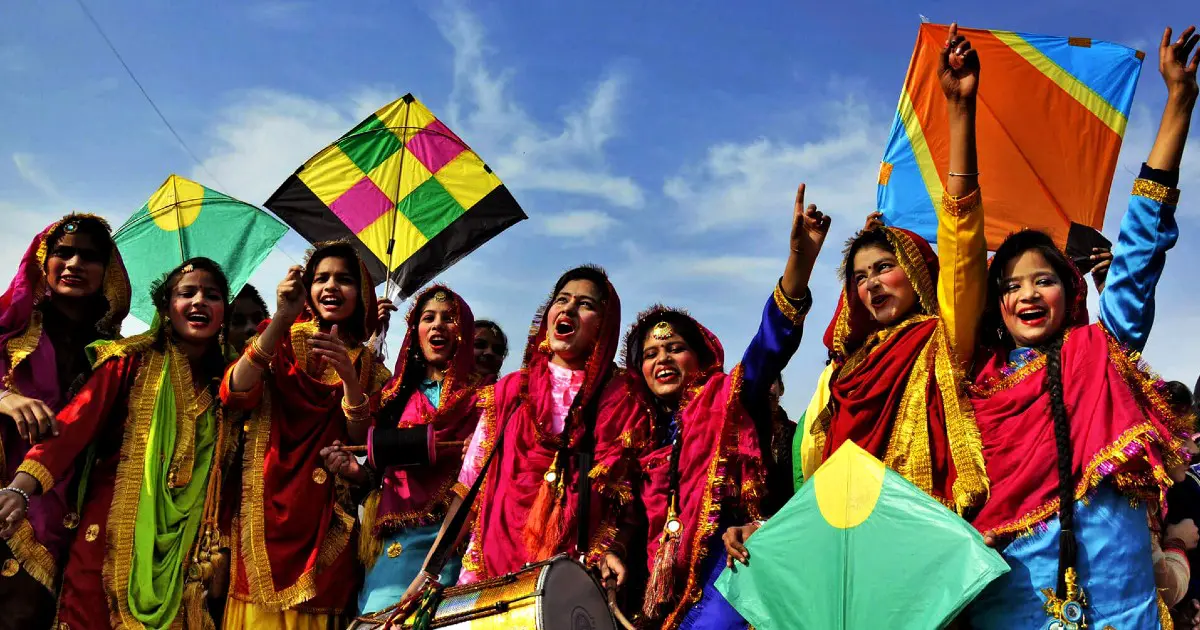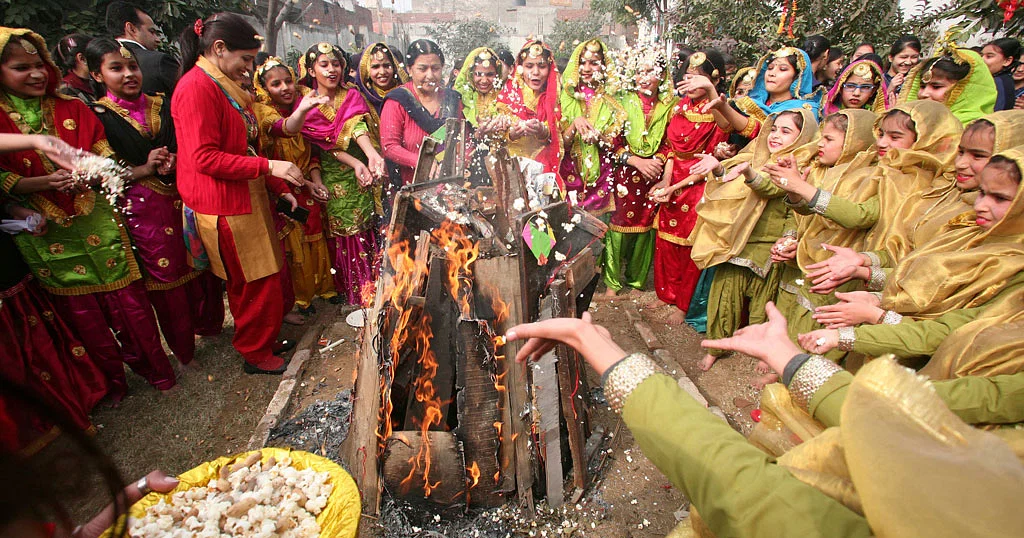As India is a multilingual, multi-religious, multi-cultural nation, the festival of Lohri possess unique regional celebration that is quite diverse according to the geographical regions.
People throughout India love celebrating the festival of Lohri but with different names and different tradition, customs and rituals. But everywhere this day leads to joyous celebrations, music, folk dances and songs. The homes are neatly decorated, new dresses are worn, prayers are offered to Gods and lot of sweets and goodies are cooked. Thus, different cultures also mean that different rituals are followed.

Across India, people celebrate the month and the bountiful harvest it brings Pongal in Tamil Nadu, Bhugali Bihu in Assam, Bhogi in Andhra Pradesh and Sankranti in Karnataka, Bihar and Uttar Pradesh. The festival is spread over three days in South India and signifies the beginning of harvesting. A Rath Yatra is taken out from the Kandaswamy temple in Chennai on Pongal. The day is celebrated as Ganga-Sagar mela in West Bengal and according to popular belief; Hindus can purify their sins by taking bath in the Ganges on this day. A big fair is also held on the Sagara Island, 64 km from the Diamond Harbor where the Ganga meets the Bay of Bengal. The various state of India where this festival is celebrated are:
In Maharashtra on the Sankranti day people exchange multi-colored tilguds made from til (sesame seeds) and sugar and til-laddus made from til and jaggery. Til-polis are offered for lunch and these are specialties of Maharashtra. Maharashtrian women are proud of their excellence in preparing these delicacies. While exchanging tilguls as tokens of goodwill people greet each other saying - "til-gul ghya, god god bola" meaning "accept these tilguls and speak sweet words". The under-lying thought in the exchange of tilguls is to forget the past ill-feelings and hostilities and resolve to speak sweetly and remain friends. This is a special day for the women in Maharashtra when married women are invited for a get-together called "Haldi-Kumkoo" and given gifts of any utensil, which the woman of the house purchases on that day.
In Gujarat Sankrant is observed more or less in the same manner as in Maharashtra but with a difference that in Gujarat there is a custom of giving gifts to relatives. The elders in the family give gifts to the younger members of the family. The Gujarati Pundits on this auspicious day grant scholarships to students for higher studies in astrology and philosophy. This festival thus help the maintenance of social relationships within the family, caste and community.
In Punjab where December and January are the coldest months of the year, huge bonfires are lit on the eve of Sankrant and which is celebrated as "Lohri". Sweets, sugarcane and rice are thrown in the bonfires, around which friends and relatives gather together. The following day, which is Sankrant is celebrated as Maghi. The Punjabi's dance their famous Bhangra dance till they get exhausted. Then they sit down and eat the sumptuous food that is specially prepared for the occasion.
In Bundelkhand and Madhya Pradesh this festival of Sankrant is known by the name "Sukarat" or "Sakarat" and is celebrated with great pomp merriment accompanied by lot of sweets.
In South Sankrant is known by the name of "Pongal", which takes its name from the surging of rice boiled in a pot of milk and this festival has more significance than even Diwali. It is very popular particularly amongst farmers. Rice and pulses cooked together in ghee and milk is offered to the family deity after the ritual worship. In essence in the South this Sankranti is a "Puja" (worship) for the Sun God.
In Uttar Pradesh, Sankranti is called "Kicheri". Having bath on this day is regarded as most important. A mass of humanity can be seen bathing in the Sangam at Prayagraj where the rivers Ganga, Jamuna and Saraswathi flow together. At the confluence of these holy rivers every year Kumbh Mela is held for full one month.
In Bengal every year a Mela is held at Ganga Sagar where the river Ganga is believed to have dived into the nether region and vivified the ashes of the sixty thousand ancestors of King Bhagirath. This mela is attended by a large number of pilgrims from East India.

Copyright © 2004- www.lohrifestival.org. All Rights Reserved